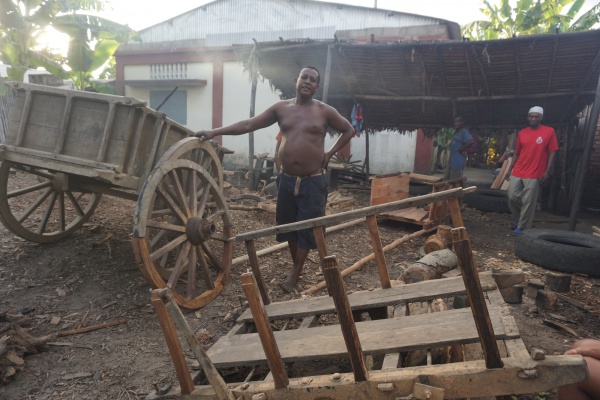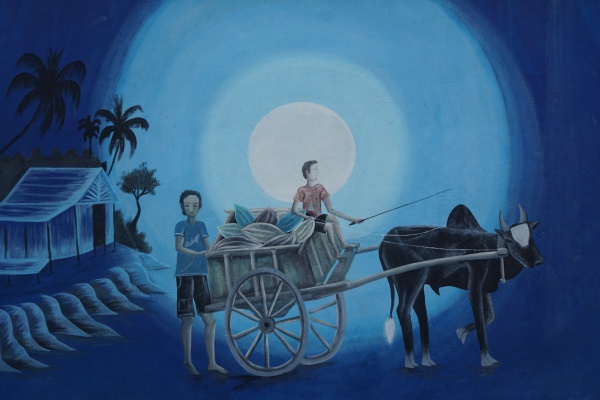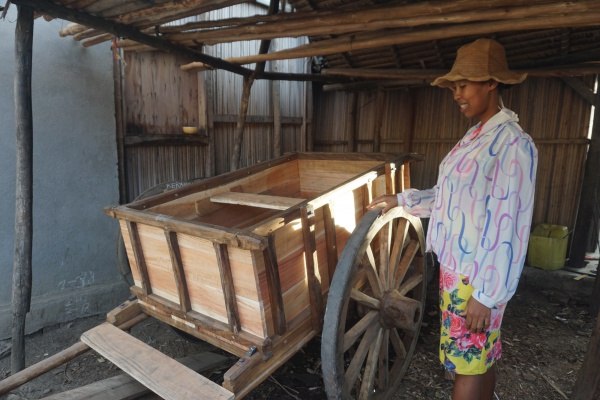Zebu cart
It's sunrise in the Sambirano Valley and a small traffic jam on the bridge into town, caused not by cars but by slow-moving zebu carts. The passengers and drivers of the ox-powered vehicles are farmers en route to sell their crops in the town's central marketplace.
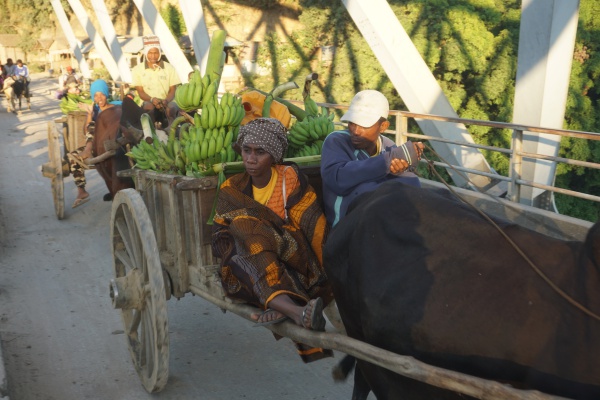
| ||
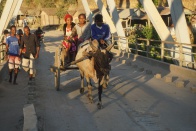
|

|

|
Zebu carts, or Charrettes à zebu as they are known, are common in and around Ambanja and across much of the country.
Dozens of workshops produce charrettes in Ambanja. One workshop is run by Mr Theodore, who with his team of six skilled carpenters builds around 50 charrettes per year, all manually assembled without the use of electrical power tools.
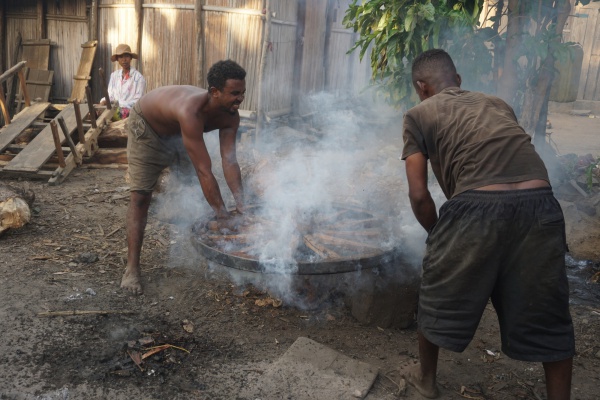
| ||
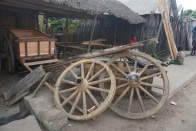
|
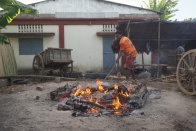
|

|
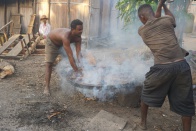
|
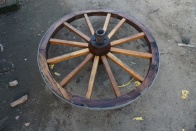
|

|
The design and model are always the same: A simple two-wheeler which easily attaches to one or more zebus.
These charrette remains as practical and relevant among farmers today as they have for some hundreds of years.
A charrette takes about one week to build and costs 1,800,000 (USD 400).
The countless farmers who keep the tradition deserve recognition for their collective effort in protecting the environment by reducing the number of petrol-powered cars on the roads.
Additional information
View more Zebu cart photos
